Latest NRAO News
News is managed by NRAO News & Public Information. Questions about News? Have a story to share? Want to interview a scientist or create new media about our telescopes?
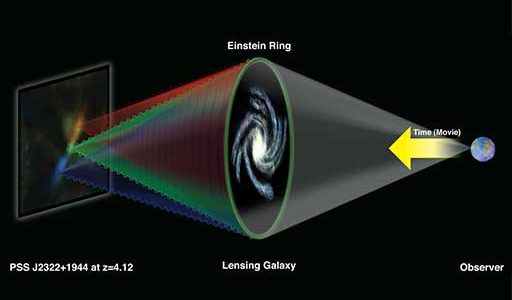
By cleverly unraveling the workings of a natural cosmic lens, astronomers have gained a rare glimpse of the violent assembly of a young galaxy in the early Universe.
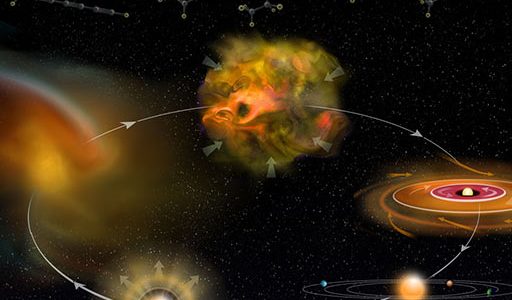
A new research center combining the tools of chemistry and astronomy will use the unique laboratory of interstellar space to free the study of basic chemistry from the restrictive bonds of Earth.
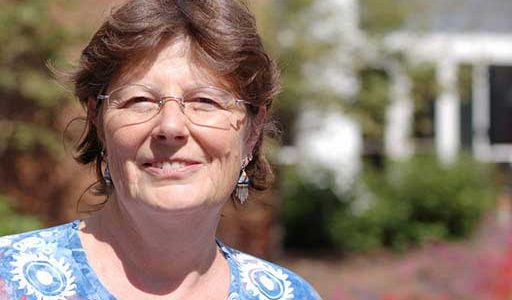
The National Radio Astronomy Observatory has announced the appointment of Dr. Carol Jean Lonsdale as the Observatory’s new Assistant Director for the North American ALMA Science Center. As NAASC head, Lonsdale will lead the team that will enable North American astronomers to exploit the capabilities of the Atacama Large Millimeter/submillimeter Array, a powerful new international astronomical facility under construction in the high-altitude Atacama Desert of northeastern Chile.
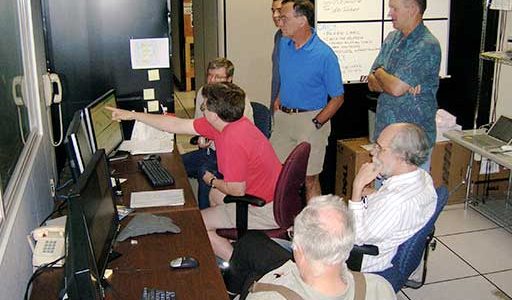
The Expanded Very Large Array, part of the National Radio Astronomy Observatory, took a giant step toward completion on August 7 with successful testing of advanced digital hardware designed to combine signals from its upgraded radio-telescope antennas to produce high resolution images of celestial objects.
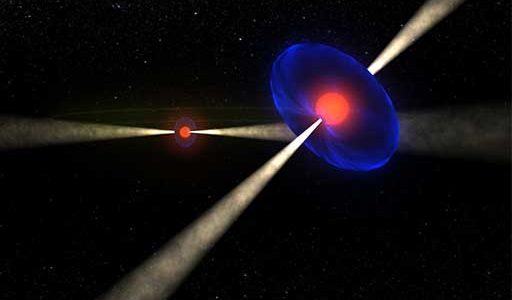
Taking advantage of a unique cosmic coincidence, astronomers have measured an effect predicted by Albert Einstein’s theory of General Relativity in the extremely strong gravity of a pair of superdense neutron stars.

Radio-telescope images have revealed previously-unseen galactic cannibalism — a triggering event that leads to feeding frenzies by gigantic black holes at the cores of galaxies.





